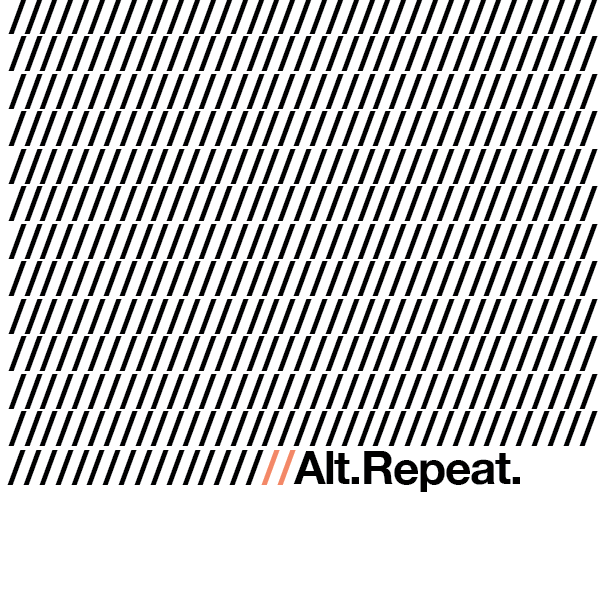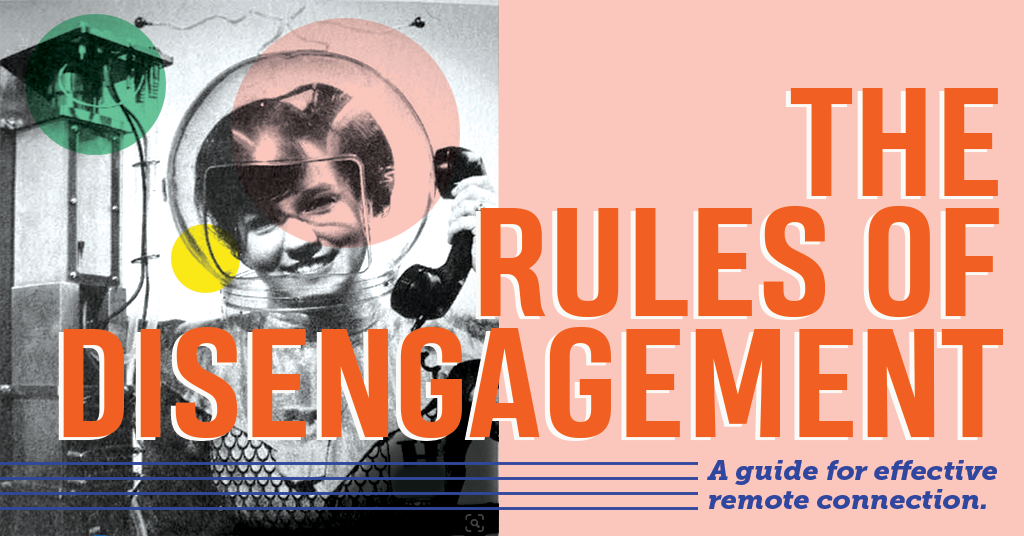
What To Look For In An Adaptive Design Partner
July 10, 2020
When it’s time to extend your brand identity across your entire packaging, you want to select a partner that can translate your vision across SKUs while thinking globally about your brand identity. This means choosing a team led by creatives rather than production artists. Production artists are an equally important part of the mix though- they should review and consult throughout the process to ensure technical specifications and guidelines are met. Your adaptation partner should inhabit the intersection between strategic and production design in order to preserve your brand equity and save unexpected costs from endless revisions or inaccurate technical files.
Not just any creative team can fill this need. It’s rare that a production or production-turned-adaptive firm does not tout some strategic capabilities, and the reverse is also true. The solution? An agency led by creatives, grounded by production artists: the adaptive sweet spot. The GRO Agency falls in this category- we have our own internal process for the discovery and brand strategy phase, and specific teams for adaptive and production work. Our adaptive design specialists have been cross-trained with expertise in both areas.
A team led by creatives will take into consideration the holistic design, the master brand essence, and brand strategy while adeptly addressing the unique needs of each design adaptation. Production artists are an equally important part of the mix- they should review and consult throughout the process to ensure technical specifications and guidelines are met. Not every beautiful design will translate well in print.
When it comes to adapting the master brand to the other SKUs, we understand that design isn’t the only consideration. As an adaptive partner, we are agile, swift, and priced to compete.
Scalability, Capacity & Collaboration
An adaptive partner should be set up to scale quickly to accommodate even the largest multi-SKU project. While a strategic partner may be more like a production line- each step of the process needing completion before the next step begins (with bottlenecks occurring regularly); an adaptive partner is adept at working on many different projects that are in many different stages of completion. Even if a piece of information is missing or delayed the project can still move forward towards completion and progress doesn’t stop. A great adaptive partner should be flexible and able to move quickly, meeting changing deadlines with accuracy (and a smile).
It’s critical that whatever partner you choose is collaborative, communicative, and a team you actually want to work with. They should collaborate closely with you, with your strategic agency, and any other stakeholders.
Adaptive Experience
Perhaps most importantly- ask to see case studies that clearly demonstrate the adaptive agency’s ability to extend a master design without sacrificing the brand vision across a large portfolio. Specifically seek out agencies that have a proven ability to tackle complex design systems- perhaps a brand that has multiple sub-brands, or adaptation that extends across several categories and formats. Look at the adaptations against a master or hero SKU- do these embody the brand vision and clearly communicate the product extension without sacrificing shelf impact?




